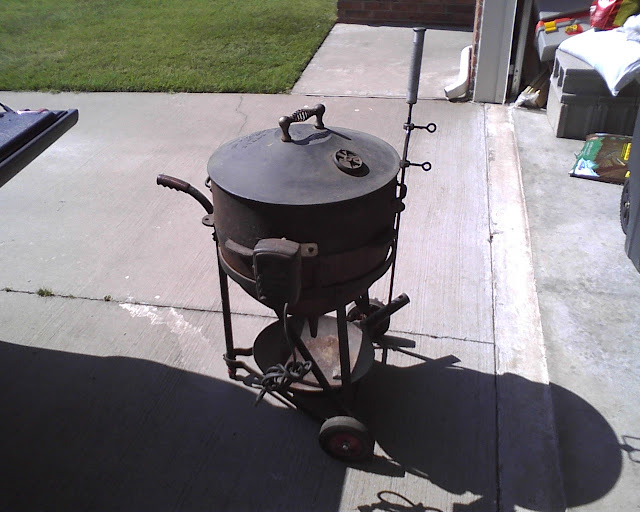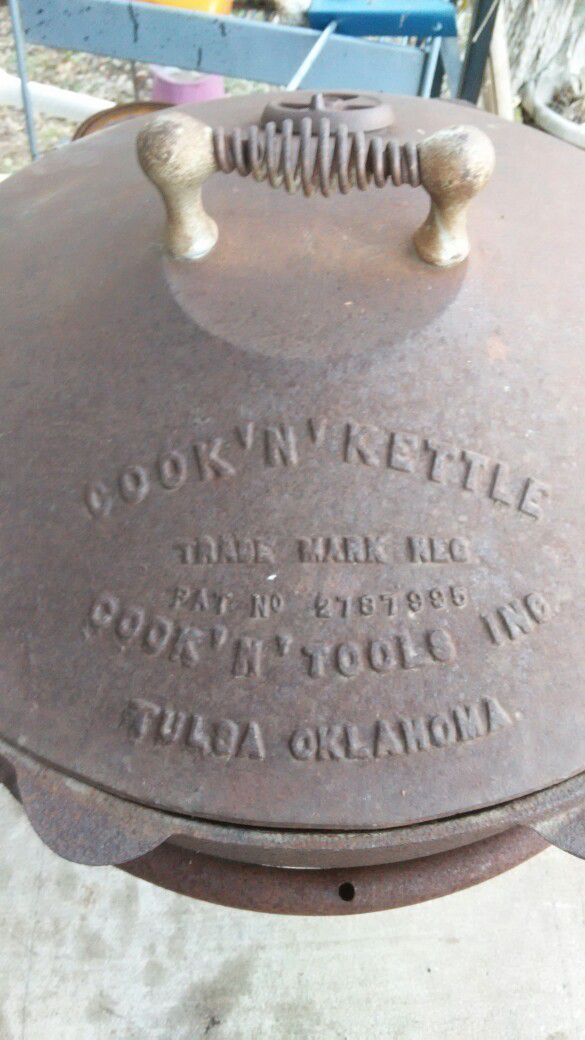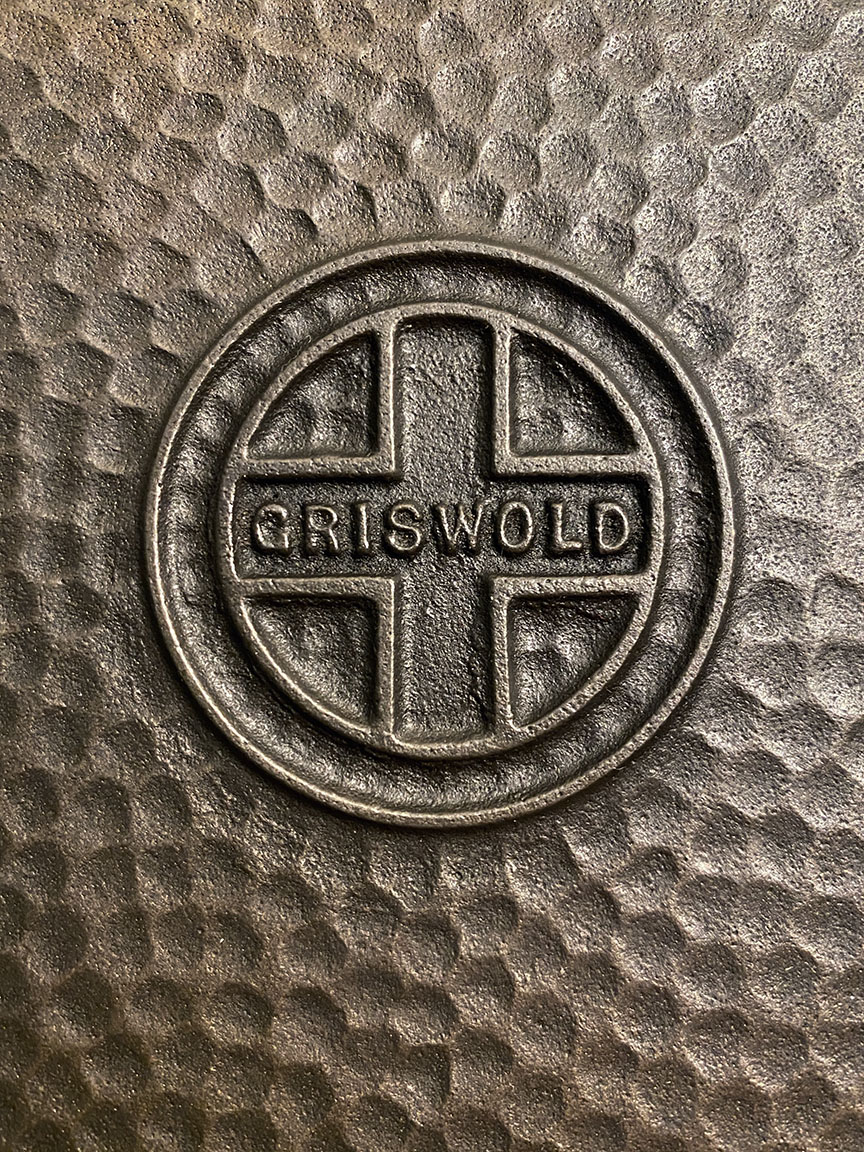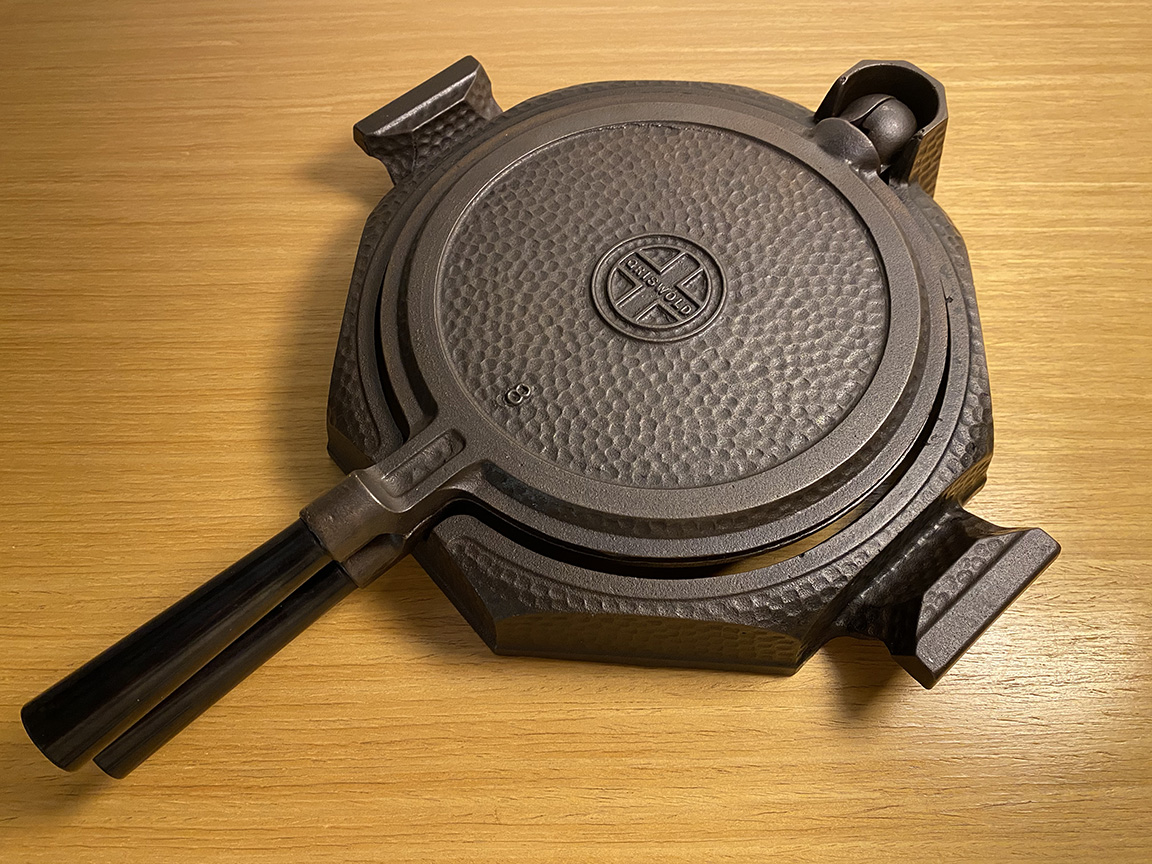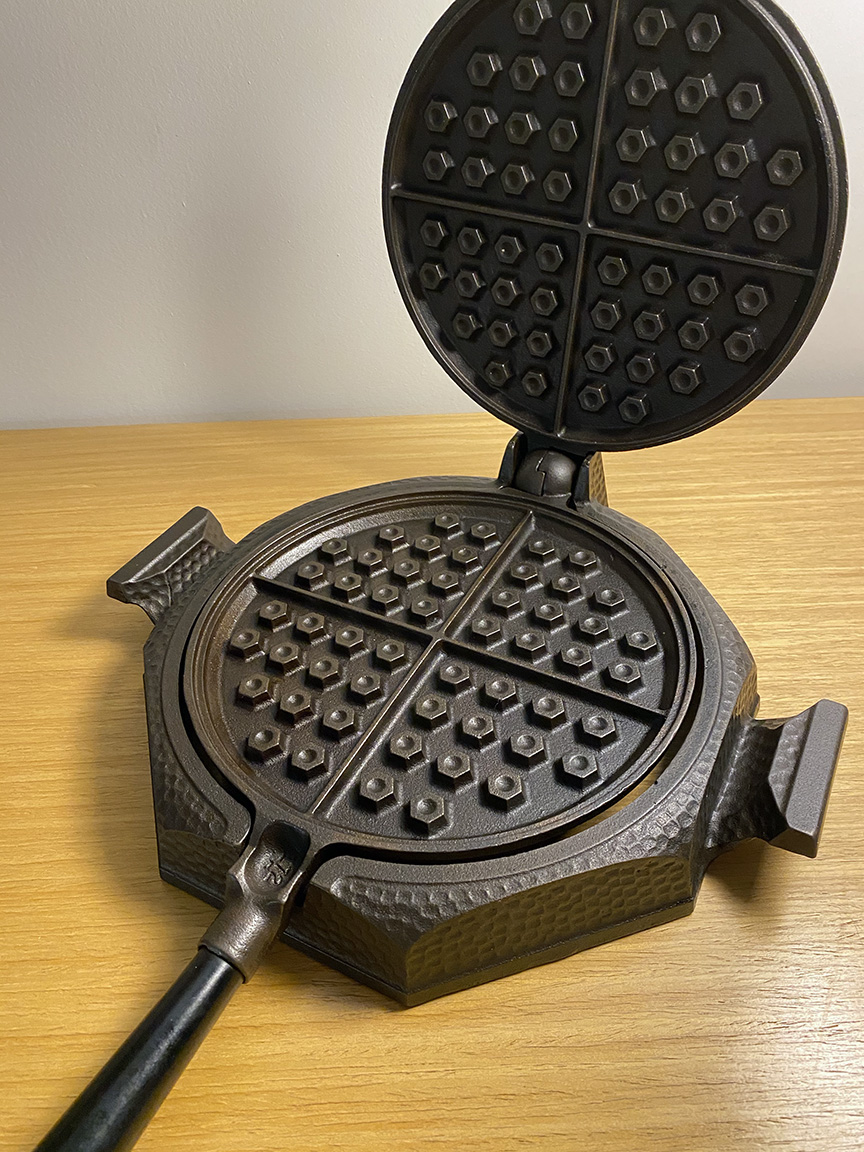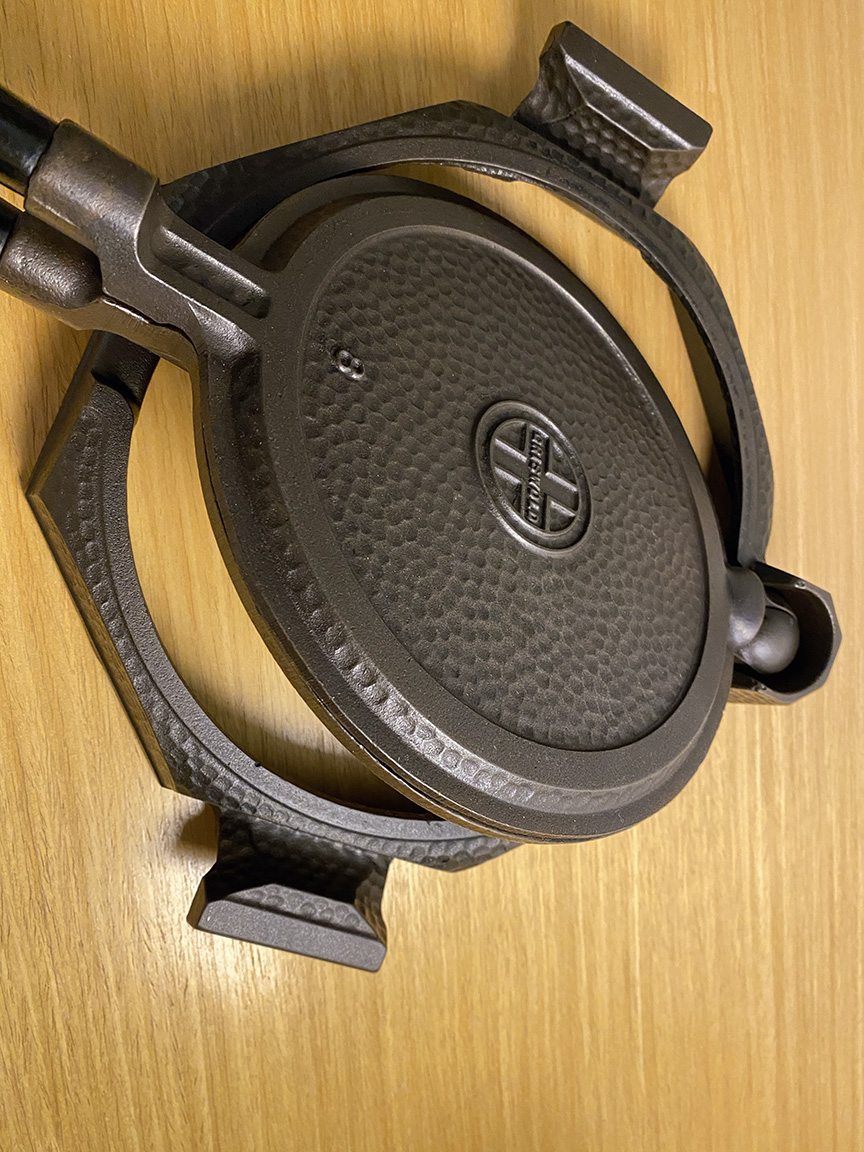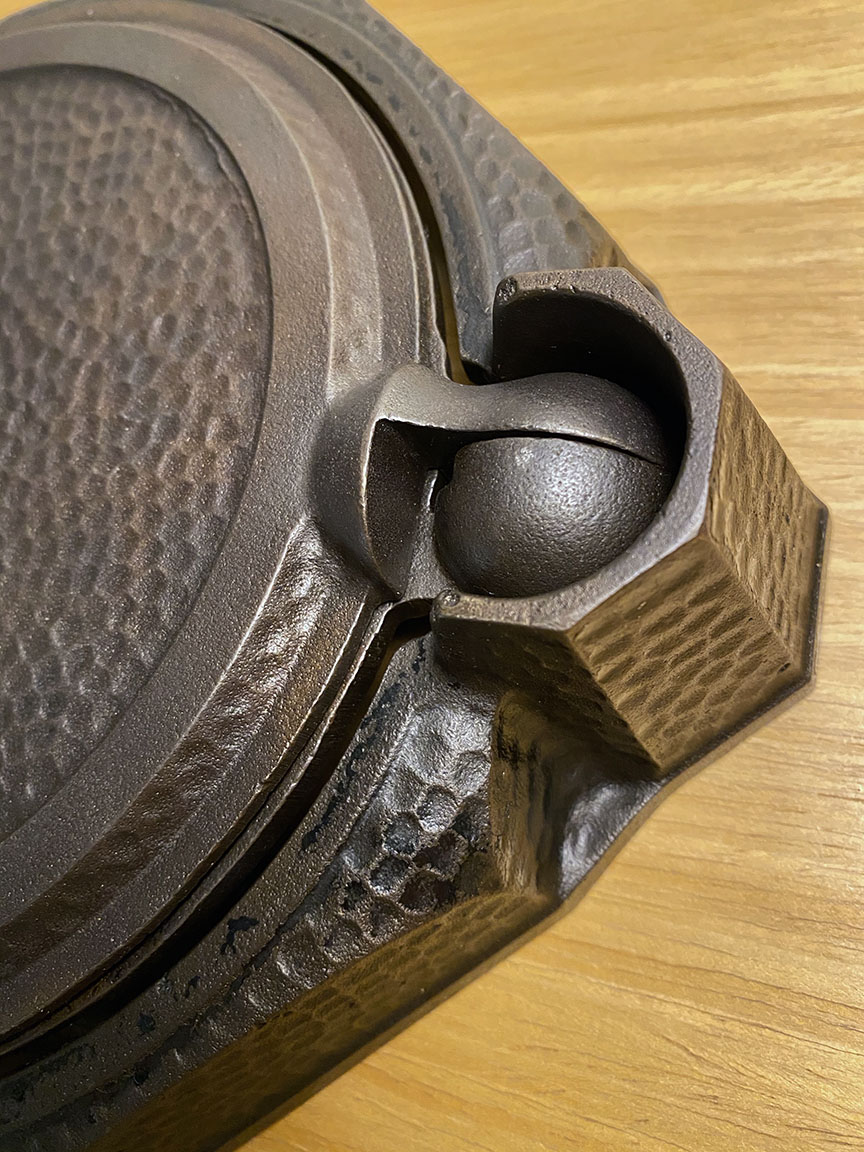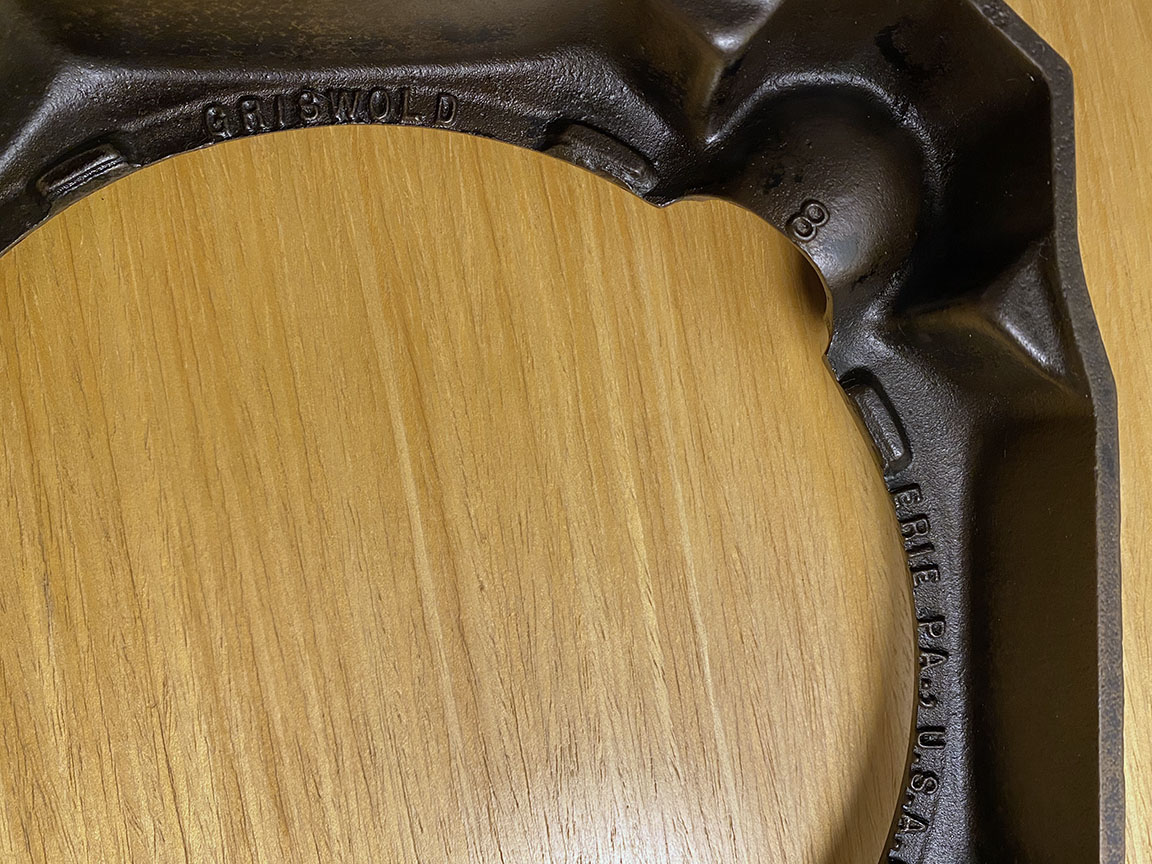jkingrph
Practically Family
- Messages
- 849
- Location
- Jacksonville, Tx, West Monroe, La.
We use some old cast iron, a great deal of cast aluminum, some early Mirro, and principally a set of French tinned copper which dates to the '80s or perhaps the '90s at the latest. The sautè and saucepan are the most useful. These 130 year old pans work equally well over wood or coal, gas, and on the electric hot plate.
They are a bit of trouble to keep shining, but they look so nice when cleaned that the effort seems worth the while.
Somewhere we acquired a small cast aluminum pan, works great. They tend to conduct heat better than cast iron and heat more evenly. My wife complains about the weight of cast iron, and if I could find a bunch of cast aluminum pans of similar size and configuration I would get them and retire the cast iron. The oxide than forms with aluminum along with polymerized oils tend to make them rather non stick also.

